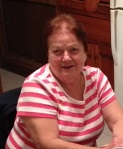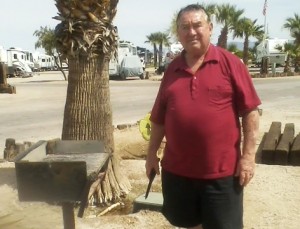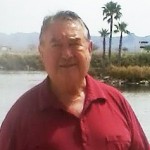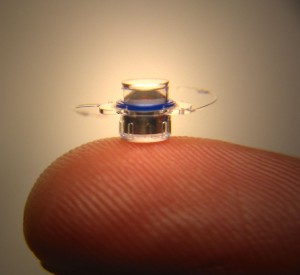9/11/14
I’ve lived with my family in Schenectady, NY (outside of Albany) for more than 50 years and I love my home because it’s within walking distance of my grocery store, bank and church. But ten years ago, my vision was severely impacted because of age-related macular degeneration.
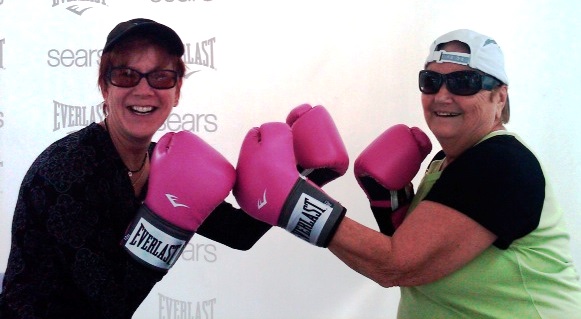
My children had to help me so much because I just couldn’t see. For example, they had to drive me to the doctor and on errands. I needed help shopping because I couldn’t read labels. After a while, it was very depressing. I started to avoid social situations, like at family parties and church events, because I was embarrassed that I couldn’t recognize faces any longer. I felt terrible about this. I sat and cried every now and then.
But then my doctor told me about a treatment I wasn’t yet aware of called the telescope implant. The device is very small (the size of a pea), and it is implanted in one eye to restore vision. My doctor explained that it works like a real telescope in that it magnifies images, which reduces the blind spot that blocked my straight-ahead vision. The other eye does not get an implant because you need to keep some peripheral vision to help with orientation and balance. This sounded like science fiction! But I wanted to see if it could help me and decided to take a chance on the procedure.
I worked with an entire team of specialists, which were part of a treatment program called CentraSight. My retina doctor, cornea surgeon, low vision optometrist and a low vision occupational therapist all counseled me about what to expect from the outpatient procedure, particularly afterwards. For example, I learned there was a significant amount of occupational therapy required to adjust and become proficient at using my new vision. I also was warned that my sight would not be like it was in my youth, I wouldn’t be able to do everything I used to nor would I be able to see, differently, the minute I opened my eyes.
I had my surgery in February 2013. The cost for the telescope implant and visits associated with the treatment program were covered by Medicare, which was very helpful.
Thinking back, I was nervous on surgery day, but shortly after the procedure, I was back with my family and going out to dinner. The most amazing part is that I was able to see my daughter’s face almost immediately, despite not expecting to see anything right away. It was such a gift! After the surgery, I worked with the low vision specialists for about three months. The exercises varied because you use different techniques to see things when you are standing, sitting or moving around.
It’s been more than a year since my surgery and I am very happy, mostly because I can do so much more now that I can see better. I can read, sew, do canning and work in my garden. I can see the crosswalks, which lets me walk to the grocery store safely. But most importantly, I can see my family and friends. I’m enjoying spending time with the people I care about. I would recommend that people learn more about the telescope implant. There are CentraSight teams all over the country. When you call 877-99-SIGHT or visit www.CentraSight.com a trained CentraSight Information Specialist will point you to the team closest to your home and can even help schedule the appointments for you. The telescope implant isn’t for everyone, but it can make such a difference in your life.


